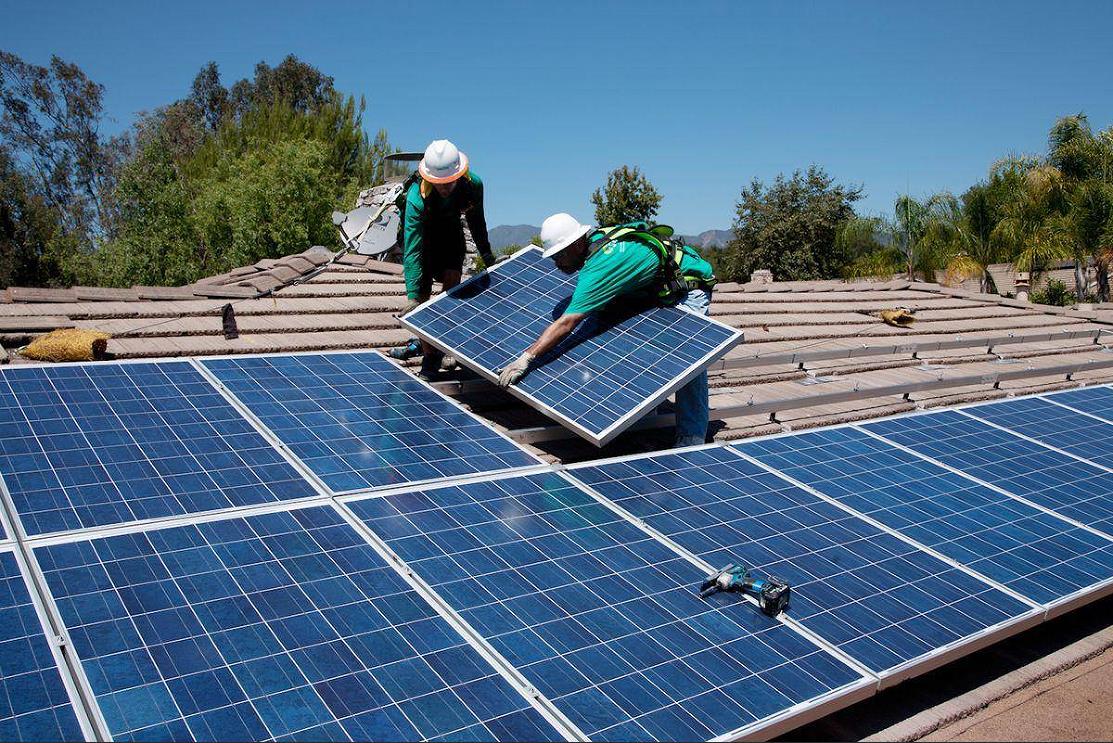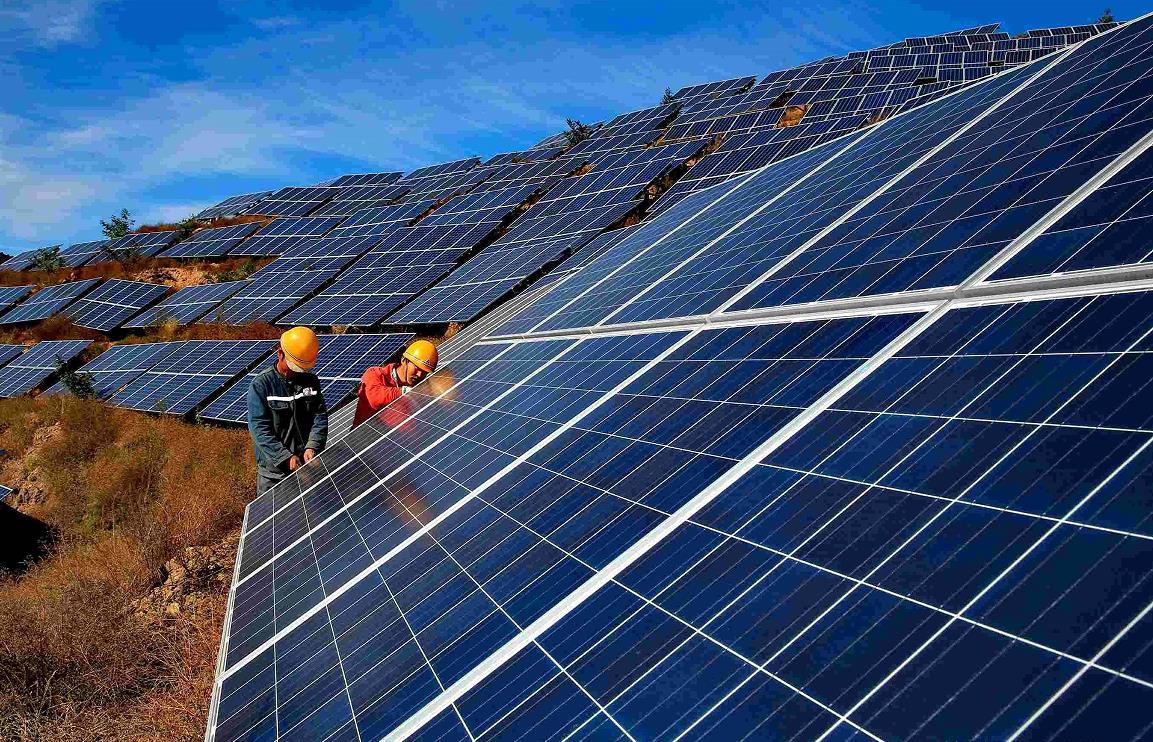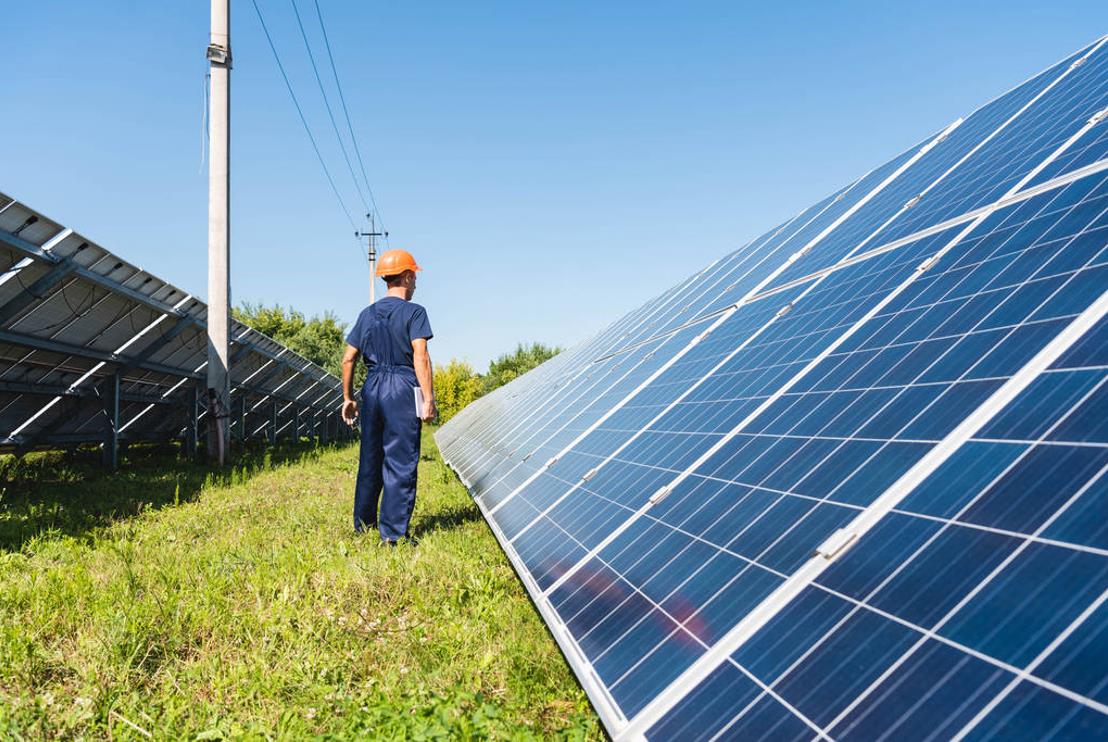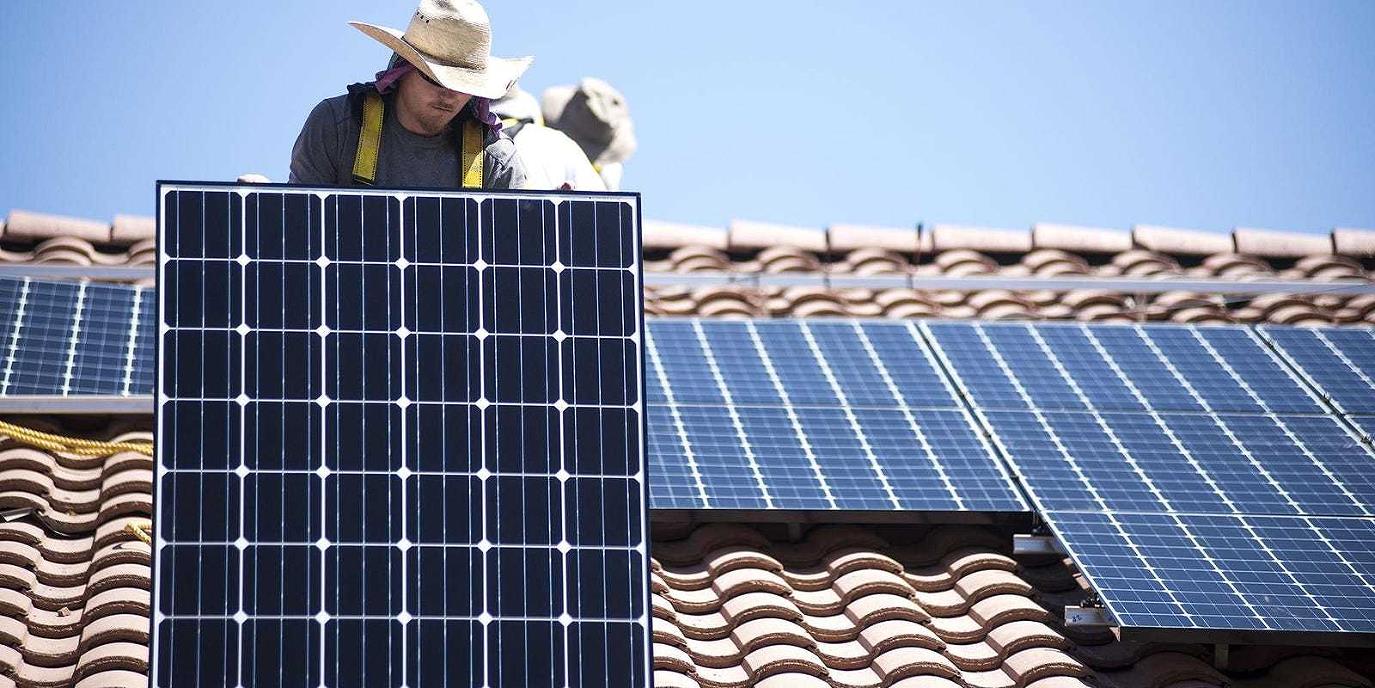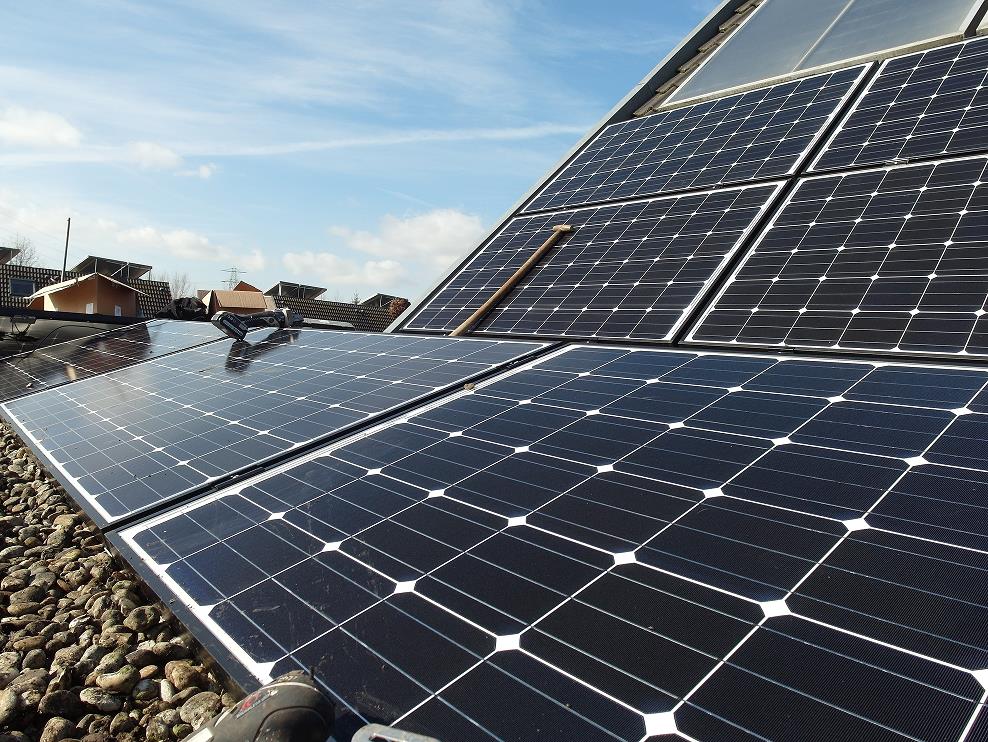With the rapid development of the photovoltaic (PV) industry, the installed capacity of PV power plants continues to expand, and safety concerns have drawn increasing attention. The safe operation of PV power plants not only impacts power generation efficiency but also directly affects equipment lifespan and investment returns. This article explores the main factors influencing the safety of PV power plants from multiple perspectives.
01
Equipment Quality
Equipment quality is the foundation of PV power plant safety, and substandard equipment can pose serious safety risks.
1. PV Module Quality
PV modules are the core components of a power plant. High-quality modules adhere to stricter material selection, manufacturing processes, and encapsulation technologies, enhancing their weather resistance, corrosion resistance, and mechanical stress tolerance. This ensures stable operation even in harsh environments, reducing risks such as breakage and fire. Additionally, high-quality modules have lower failure rates and longer lifespans, reducing the frequency of replacements and repairs, thereby lowering long-term maintenance costs. In contrast, inferior modules may suffer from hot spots, rapid power degradation, or even fire hazards.
2. Inverter Quality
Inverters are the core equipment in PV systems, converting solar energy into alternating current. Their quality directly affects the system’s power generation efficiency and operational stability. High-quality inverters typically feature multiple protection mechanisms, such as overload and lightning protection, ensuring safe system operation. Due to intense industry competition, some manufacturers cut costs by omitting certain protective functions, which can introduce safety risks. Therefore, prioritizing low cost over quality should be avoided when selecting equipment.
3. Mounting Structure and Cable Quality
PV mounting structures support the modules, and their quality directly impacts the stability and durability of the entire power plant. Corrosion or insufficient strength may cause module collapse during extreme weather. PV cables act as the “arteries” of the system—high-quality cables feature low resistance, high conductivity, and superior insulation and protective layers to prevent electrical breakdown and ensure safe operation. Poor weather resistance or inferior cables pose electrical fire hazards.
02
Design and Installation
The design and installation of a PV power plant directly influence its long-term operational stability.
1. Design Flaws
Poor design may lead to issues such as shading, inadequate ventilation, or electrical faults like overvoltage and short circuits, increasing overheating risks.
2. Installation Issues
Improper installation can cause loose modules, wiring errors, and other problems, raising the risk of electrical fires or equipment damage. For example, faulty grounding systems may lead to electric shock accidents.
3. Countermeasures
- Select qualified and experienced design firms to avoid design flaws.
- Hire professional installation teams and strictly follow construction standards.
- Ensure proper wiring, reliable grounding, and implement lightning and fire protection measures.
- Conduct comprehensive system testing and commissioning after installation to ensure safe and reliable operation.
03
Operation and Maintenance (O&M) Management
Effective O&M management is critical to ensuring the safe operation of PV power plants.
1. Insufficient Routine Maintenance
Lack of regular maintenance may result in undetected equipment failures, such as aging cables or loose connections, which can lead to fires.
2. Monitoring System Deficiencies
Inadequate monitoring systems may fail to detect operational anomalies in real time, such as module failures or inverter shutdowns.
3. Human Error
Improper operation by maintenance personnel may cause accidents, such as electrical faults due to incorrect switch handling.
4. Countermeasures
- Establish a robust O&M management system and conduct regular inspections and maintenance.
- Promptly identify and resolve equipment failures to eliminate hazards.
- Enhance safety training for personnel to improve awareness and operational skills.
04
Environmental Factors
PV power plants are typically exposed to outdoor conditions, making environmental factors a significant influence on their safe operation.
1. Extreme Weather
Hail, strong winds, heavy rain, and snowstorms can directly damage PV modules, mounting structures, and other equipment. For example, high winds may dislodge modules, while hail can shatter their surfaces.
2. Temperature Fluctuations
High temperatures may reduce module efficiency and accelerate aging, while low temperatures can make materials brittle, increasing the risk of damage.
3. Dust and Dirt
Accumulated dust, bird droppings, and other debris on module surfaces not only reduce power generation efficiency but may also cause localized overheating and fires.
4. Countermeasures
- Monitor weather forecasts closely and take preventive measures in advance.
- Develop comprehensive emergency plans and conduct regular drills.
With 16 years of dedication to the renewable energy industry, Multifit solar has evolved from PV development to O&M, from R&D to production and sales. From the first generation of renewable energy products to today’s high-tech integrated solutions, Multifit solar has kept pace with the times, offering tailored product configurations to meet diverse customer needs. High technology, customization, and excellent service make us a trusted partner for all clients.
Post time: Jun-09-2025


